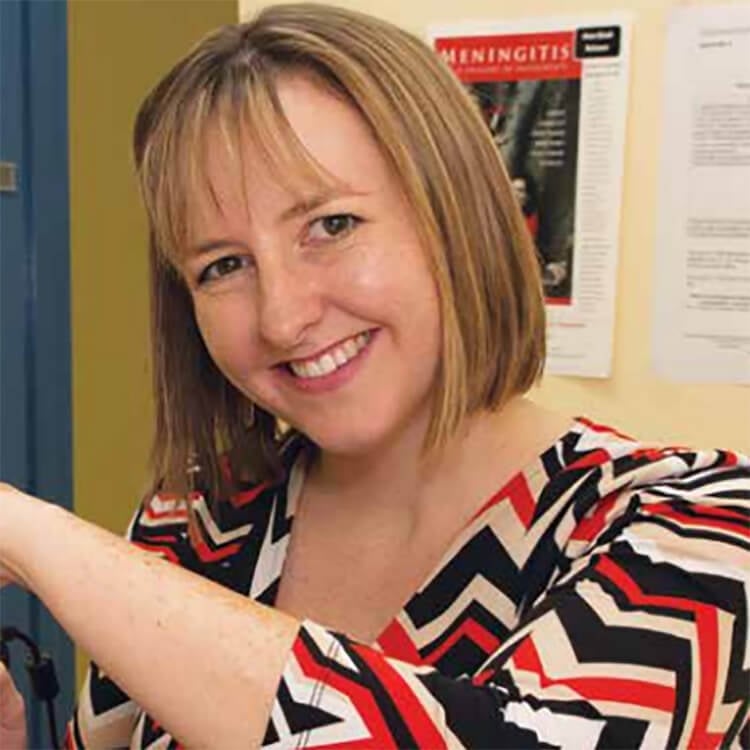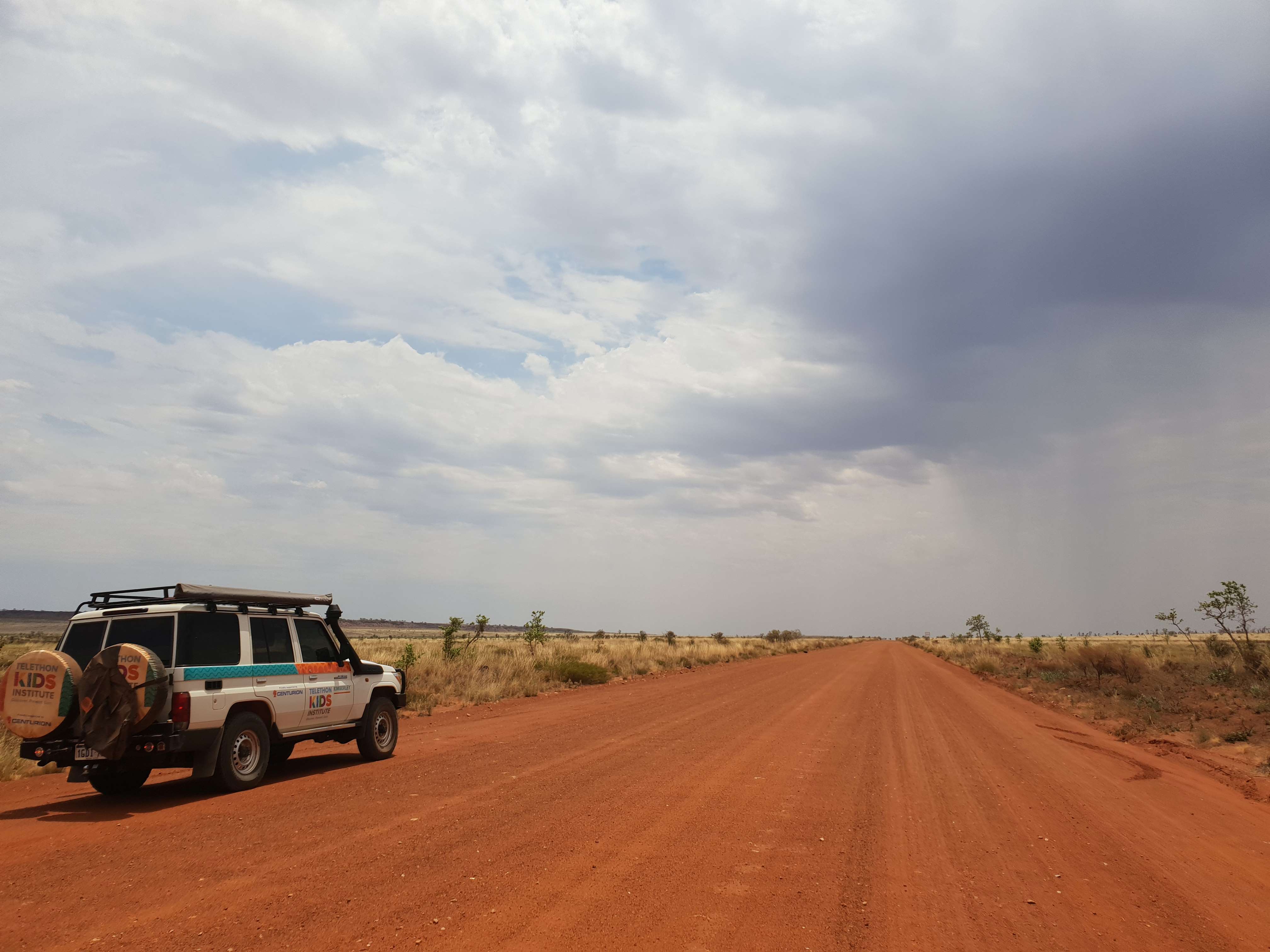Search
Research
Caregiver-perceived racial discrimination is associated with diverse mental health outcomes in Aboriginal and Torres Strait Islander children aged 7-12 yearsExposure to racial discrimination in Aboriginal children increased the risk for a spectrum of interrelated factors linked to negative mental health
Research
High burden of infectious disease and antibiotic use in early life in Australian Aboriginal communitiesEarly life infections drive high antibiotic prescribing rates in remote Aboriginal communities
Research
Aboriginal and non-Aboriginal children in Western Australia carry different serotypes of pneumococci with different antimicrobial susceptibility profilesDifferences in pneumococcal serotypes, genotypes, and antimicrobial susceptibility between Aboriginal and non-Aboriginal children living in the same area
Research
Knowledge translation lessons from an audit of Aboriginal Australians with acute coronary syndrome presenting to a regional hospitalThis audit is used as a case study of translating knowledge processes in order to identify the factors that support equity-oriented knowledge translation.
Research
The Importance of Scabies Co-Infection in the Treatment Considerations for ImpetigoTreatment success for scabies co-infection was lower than for impetigo overall, with a higher success seen in the co-trimoxazole group than benzylpenicillin
Research
A systematic review of the evidence that swimming pools improve health and wellbeing in remote Aboriginal communities in AustraliaThe benefits that swimming pools may bring to to ear and eye health in remote Aboriginal communities remains unresolved
Research
Evaluation of impact of 23 valent pneumococcal polysaccharide vaccine following 7 valent pneumococcalThe impact of the 23vPPV booster on IPD incidence among Australian Indigenous children is unclear from regional reports of small case numbers.
Research
What factors contribute to positive early childhood health and development in Australian Aboriginal children? Protocol for a population-based cohort studyEmpirical evidence identifying the key drivers of positive early childhood development in Aboriginal children, and supportive features of local communities...


News & Events
Landmark study halves skin infections in remote Aboriginal kidsLed by The Kids Research Institute Australia and Aboriginal health organisations in close partnership with nine Aboriginal communities in Western Australia’s Kimberley region, the five-year SToP Trial set out to identify the best possible methods to See, Treat and Prevent painful skin sores and scabies.
